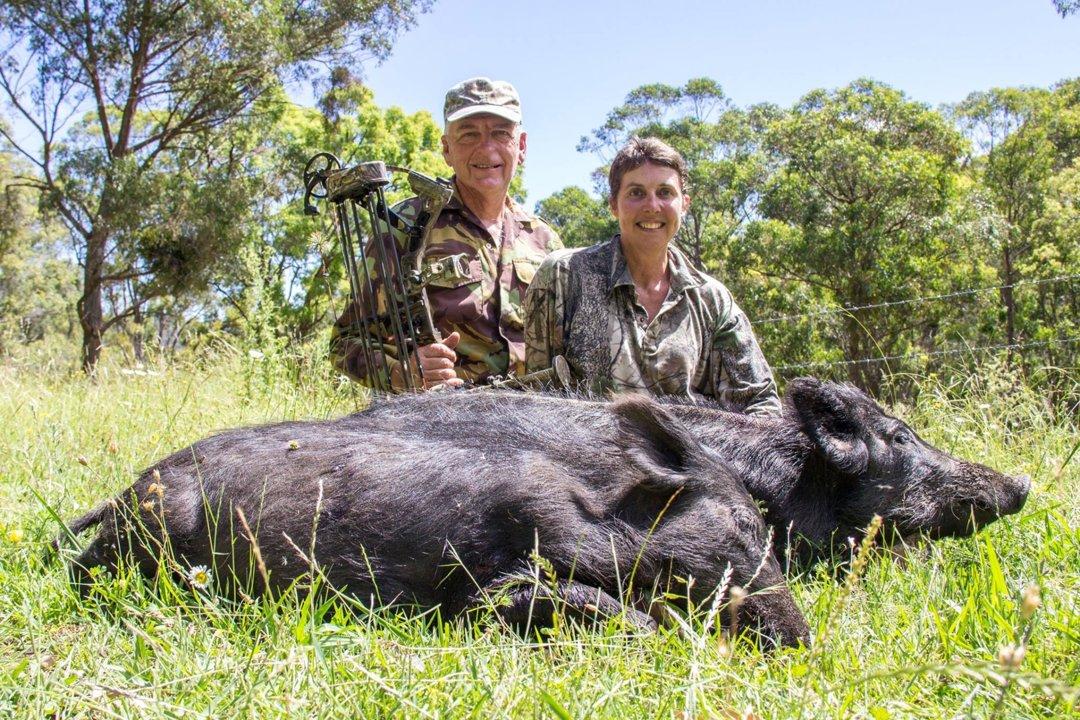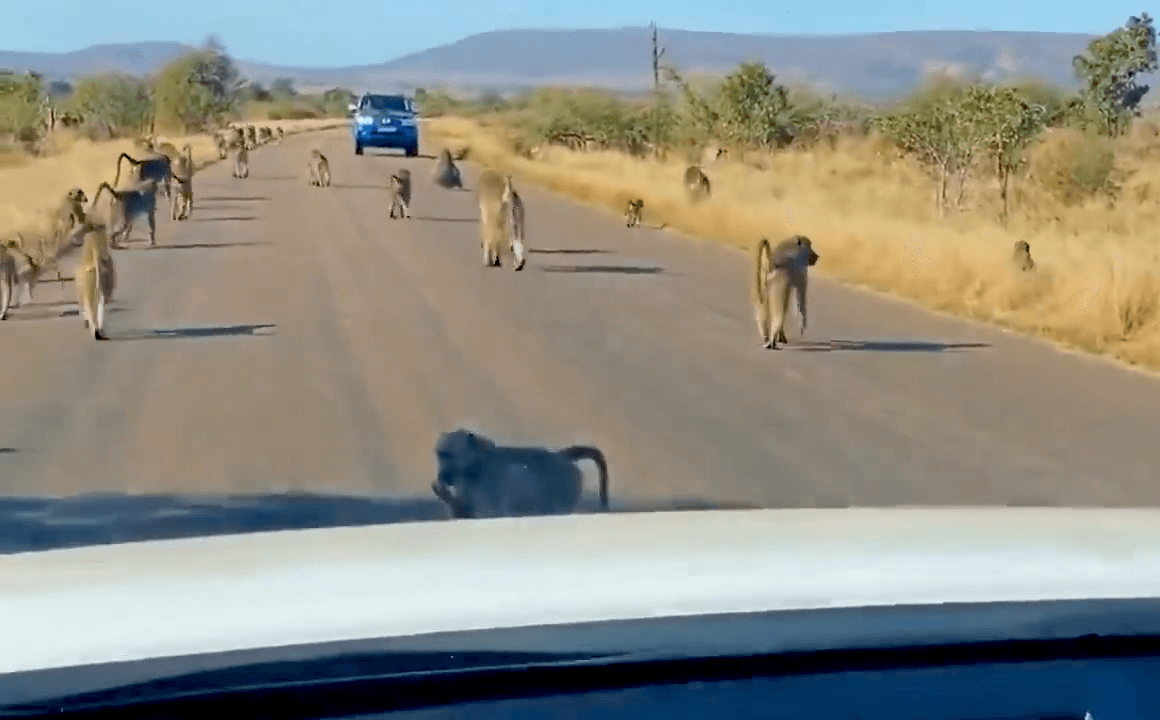
Trøndelag Red Deer Hunting in Norway: A Premier Hunting Destination. Types of Hunting and Game Species, Hunting Seasons and Hunting Associations and Clubs Geographical and Natural Features: Where to Hunt in Trøndelag Trøndelag, located in central Norway, is a region known for its diverse landscapes, including dense forests, rolling hills, and fertile valleys. The area is rich in wildlife, with a mix of boreal and temperate ecosystems that provide ideal habitats for red deer. The region’s climate is relatively mild compared to northern Norway, with cold winters and warm summers, making it a prime location for hunting. Trøndelag’s varied terrain, from lowland forests to mountainous areas, offers a range of hunting experiences for enthusiasts. Hunters and Demographics: Popularity of Hunting Trøndelag has a population of approximately 460,000 people, with hunting being a popular activity among locals and visitors alike. The region is home to around 15,000 registered hunters (2025 data)
Post: 21 May 12:30
























